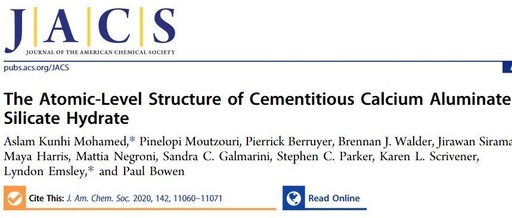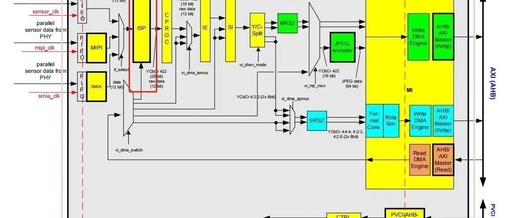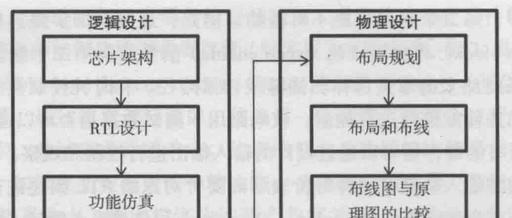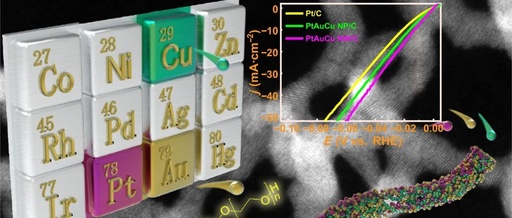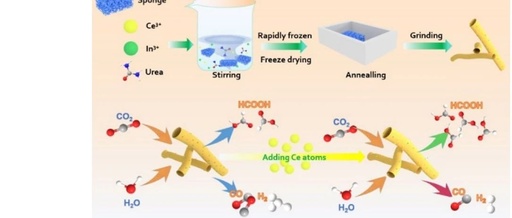Signal Isolation in Low Power Design
In low power designs with multiple power domains, there are many interactive signals between different power domains. If one power domain is powered off, the signals output from that power domain to another power domain that is still powered on need to be isolated. The reason is that the signals from the powered-off power domain … Read more

